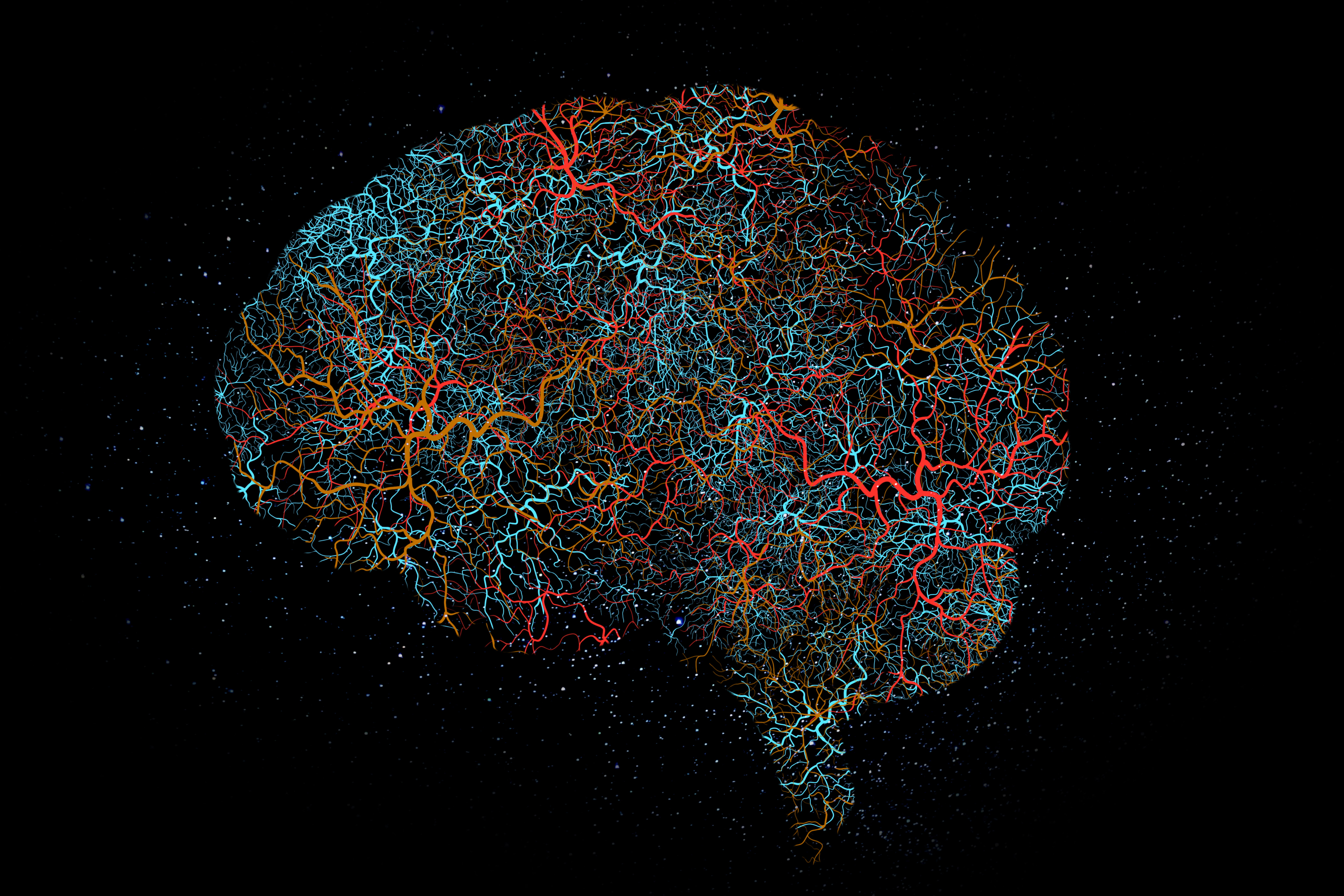REHABILITATION: RECOVERING AFTER A BRAIN INJURY OR STROKE
What is Neuroplasticity?
Neuroplasticity is the brain's amazing ability to adapt and change after an injury. Imagine your brain is like a big city full of roads that help cars (your thoughts, movements, and feelings) get where they need to go. If some of those roads get blocked or damaged (because of a brain injury), your brain can build new roads to get around the problem. This is how the brain heals and helps people recover.
How People Get Better After a Brain Injury
- New Roads (Pathways) Are Built
- If part of the brain is damaged, other parts can sometimes take over and learn to do the same job. Just like if one road is blocked, cars can find a different route to get to their destination.
- Making Old Roads Stronger
- The brain can also strengthen the connections that are still working. With practice, the brain can make the signals between brain cells faster and better, helping the person do things like talk, walk, or think more easily again.
- Creating New Brain Cells
- The brain can grow new brain cells (neurons) in certain areas. This helps with things like learning and remembering, and it’s part of how people recover from brain injuries.
- Practice Makes Perfect
- Just like learning a sport or musical instrument, practicing helps the brain get better. Repeating things like saying words or moving your arms helps build new pathways in the brain, so things get easier over time.
- Learning New Things
- Doing new activities or tasks can help the brain recover. Learning something new helps build those new brain "roads" and keeps the brain active and strong.
Ways to Help the Brain Heal
- Therapy and Practice: Special exercises, like physical therapy or speech therapy, are designed to help the brain build new pathways. For example, practicing walking or talking can help the brain improve those skills.
- Repetition: Repeating activities, like playing the same game or practicing the same movement, helps the brain get better at them, making the brain’s connections stronger.
- Using Other Senses: Activities like listening to music, feeling different textures, or looking at pictures can help the brain heal by stimulating other parts of the brain to take over.
Things That Affect Recovery
- Age: Younger brains can heal faster because they’re more flexible, but even older brains can adapt and get better with time and practice.
- Injury Severity: How serious the brain injury is will affect how long it takes to get better. Bigger injuries need more time and effort.
- Timing: Beginning therapy as soon as you are ready helps recovery, however gains from learning to adapt to the changes can be made long after an injury.
- Regular practice and engagement in therapy: The more consistent the effort, the more likely new brain pathways will develop.
- Support: Having a supportive environment, with family and friends cheering you on, helps a lot! It makes practice easier and keeps motivation high.
Examples of Neuroplasticity
- Stroke Recovery: If someone has a stroke and can’t use their arm or talk properly, their brain can create new pathways through therapy and practice, allowing them to regain some or all of those skills.
- Memory and Learning: After a brain injury, someone might have trouble remembering things, but with memory exercises and practice, their brain can adapt and improve.
In simple terms, neuroplasticity means your brain is always trying to find new ways to help you get better after an injury. With lots of practice, learning, and support, the brain can heal by creating new pathways and making old ones stronger.

This is a generic blog article you can use for adding blog content / subjects on your website. You can edit all of this text and replace it with anything you have to say on your blog. You can also change the title listed above and add new blog articles as well. Edit your Blog articles from the Pages tab by clicking the edit button. This is a generic blog article you can use for adding blog content / subjects on your website. You can edit all of this text and replace it with anything you have to say on your blog.
You can also change the title listed above and add new blog articles as well.
Edit your Blog articles from the Pages tab by clicking the edit button.
This is a generic blog article you can use for adding blog content / subjects on your website.
You can edit all of this text and replace it with anything you have to say on your blog. You can also change the title listed above and add new blog articles as well.
Edit your Blog articles from the Pages tab by clicking the edit button.
This is a generic blog article you can use for adding blog content / subjects on your website.
You can edit all of this text and replace it with anything you have to say on your blog. You can also change the title listed above and add new blog articles as well.
Edit your Blog articles from the Pages tab by clicking the edit button.